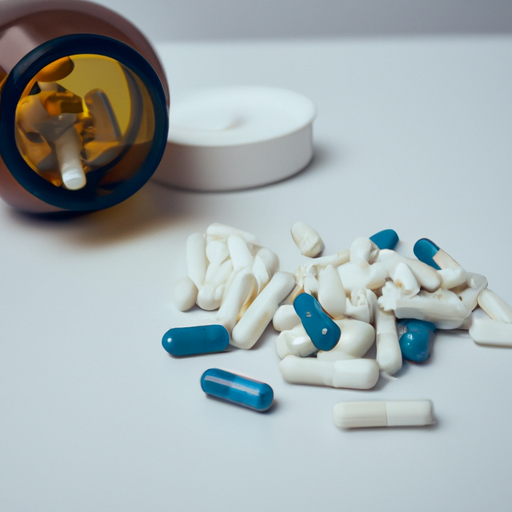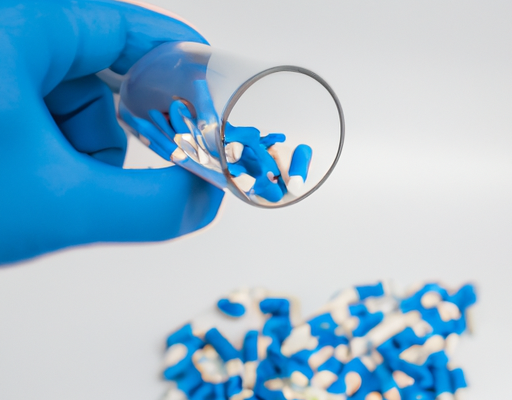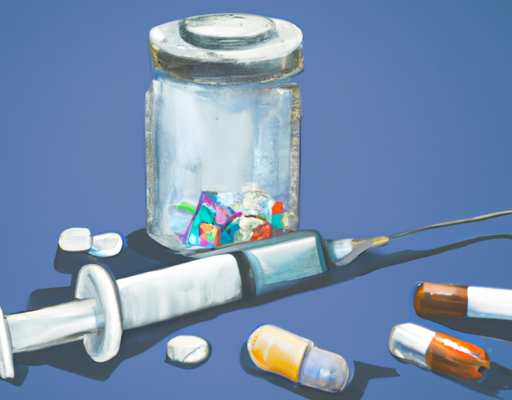1) What is a whitehead?
Whiteheads are a type of acne that can affect people of all ages and skin types. They are small bumps on the skin that are filled with trapped oil, bacteria and dead skin cells. Whiteheads have a white or yellowish appearance and typically appear on the face, neck, shoulders and chest. They can also appear on the back and arms. Whiteheads are usually caused by a combination of excess oil production, dirt and dead skin cells that clog the pores and create an environment for bacteria to grow. To treat whiteheads, it is important to keep the skin clean and exfoliated and use a topical treatment that contains ingredients such as benzoyl peroxide, salicylic acid or sulfur.
2) What is a pustule?
A pustule is a raised bump on the skin that is filled with pus. It is usually red and may sometimes have a yellow or white head. Pustules are typically found on the face and are caused by blocked pores or an infection. They may be painful or itchy, and often times require medical attention. Pustules can be caused by an array of factors, including acne, an allergic reaction, an infection, or a virus. Many times, pustules are preventable with proper skin care, such as regular cleansing and exfoliation.
3) What are the causes of whiteheads?
Whiteheads are a form of acne caused by clogged pores. They can be embarrassing and difficult to get rid of, but they do not need to be a permanent problem. Knowing the causes of whiteheads can help you when it comes to prevention and treatment of this common skin condition. Whiteheads are caused by a combination of hormonal imbalance, genetics, and environmental factors. When your hormones become unbalanced, your body can produce more oil than it normally does. This excess oil can clog your pores and cause whiteheads to develop. Genetics play a role in the type of skin you have, which can make it more likely to get whiteheads. Additionally, things like stress and exposure to pollutants can contribute to the development of whiteheads. Making lifestyle changes such as reducing stress, drinking enough water, and eating a healthier diet can help keep whiteheads from forming.
4) What are the causes of pustules?
The cause of pustules is a bacterial infection. Bacteria, such as Staphylococcus aureus and Streptococcus, enter the skin through a break in the skin, such as a pimple or a cut, and then multiply, leading to a pustule. Poor hygiene, environmental irritants, and skin conditions such as acne may also contribute to the development of pustules. People with weakened immune systems, whether due to illness or medications, often have a higher risk for developing pustules. Additionally, some people are prone to pustule formation due to genetics. It is important to keep the skin clean and to avoid environmental irritants to reduce the chances of developing a pustule. If you do develop a pustule, avoid picking or squeezing it, as this can cause the infection to worsen.
5) How to differentiate between whiteheads and pustules?
Whiteheads and pustules are two of the most common types of acne. Differentiating between the two can be difficult, as they can look similar in their early stages. However, there are some key differences that can help you identify which type of blemish you are dealing with. To differentiate between whiteheads and pustules, look for color. Whiteheads are generally white or yellow-white in color, while pustules are usually red. In addition, pustules are usually raised and firm, while whiteheads are usually flat and soft. Finally, whiteheads are typically filled with pus, while pustules are filled with fluid, blood, and pus. It is important to differentiate between whiteheads and pustules as they can each respond best to different treatments. Consulting a skincare professional can help you determine the best way to address your individual blemish.
6) How to prevent and treat whiteheads?
Preventing and treating whiteheads is not as difficult as it may seem. The key is to keep the skin clean and free from dirt and bacteria, by following a daily skincare routine. For those with oily skin, gentle daily exfoliation can help to remove excess buildup and reduce the risk of developing whiteheads. Additionally, moisturizing and protecting the skin from the sun are essential for keeping skin healthy and clear. If whiteheads have already formed, it is best to avoid picking or squeezing them, as this can lead to bacterial infections. Instead, opt for over-the-counter topical treatments that contain benzoyl peroxide or salicylic acid, which are both known to reduce whiteheads. If these treatments prove ineffective, it is best to consult a dermatologist for more personalized advice.
7) How to prevent and treat pustules?
Pustules are common skin issues that can be embarrassing and uncomfortable. Fortunately, there are steps you can take to both prevent and treat them. To prevent pustules, it is important to maintain a good skin care routine, which includes thorough cleansing and moisturizing. It is also essential to protect your skin from the sun, as sun exposure can aggravate pustules. If you already have pustules, it is important to keep the affected area clean and use a gentle exfoliator to help remove dirt, oil, and bacteria. It is also advisable to apply a topical cream containing benzoyl peroxide or salicylic acid to help reduce inflammation and prevent further breakouts. If the pustules do not respond to at-home treatments, it is a good idea to seek advice from a medical professional.
8) Conclusion
Whiteheads and pustules are both types of skin blemishes that can affect many individuals. While these two skin conditions may look similar, they have distinct causes and differences. Whiteheads are caused by the accumulation of clogged skin pores that are blocked by oils and other substances, while pustules are caused by skin inflammation and infection. Both can be treated and prevented with a healthy lifestyle, good diet, and medications prescribed by a doctor. Ultimately, to prevent and identify whiteheads and pustules, it is important to practice proper skin care habits such as washing regularly and using the right skin care products. Furthermore, it is wise to visit a dermatologist if any skin conditions are severe or persist, in order to get the proper treatment.





No Comments